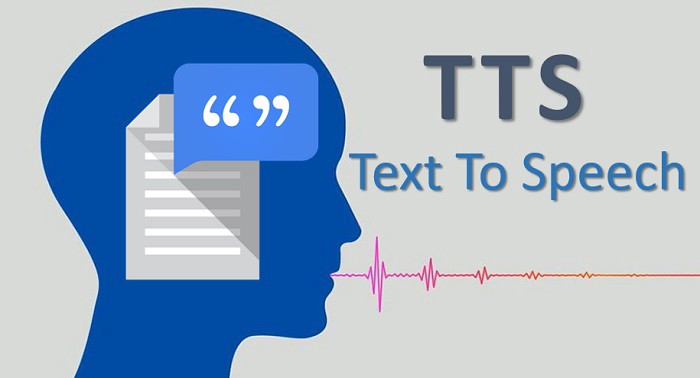Universal Design for Learning
Universal Design for Learning is used to design a universal learning environment for everyone. There are multiple learning methods that different people focus on. While some people like study in class with the teacher’s speech, some people are more comfortable with study online through videos and articles. There are differences between disabled people and normal people as well, such as hearing impairment, visual impairment. Universal Design for Learning tries to combine different people’s learning methods into a general framework.
Inclusive Design
Like Universal Design for Learning, inclusive design contributes to make a learning resource that fits everyone; for example, video with subtitles and images helps people who have hearing impairment understand what is talking about in the video, and Text to Speech tools helps people who have visual impairment understand texts. Inclusive design is not only a method to help study, but also a way to remove differences and biases between disabled people and normal people. At least in the field of learning, there is no exclusion for different groups of people.

As I mentioned before, text to speech is a great tool to help people who have visual impairment. Even though I do not have visual impairment, I can use text to speech as well. I have tried this before when I was learning English. It is helpful for my listening ability. But for me, the voice and tone are very important. I barely absorb information from the speech when the voice is low and tone is flat, and I may fell asleep quickly with this kind of speech. If the voice is emotional and goes up and down, it is more attractive for me.
References
Youtube: https://www.youtube.com/watch?v=x_6S6eUjT88
I very agree with you that inclusive design is not only a way to help to learn but also a way to eliminate differences and prejudices between disabled and normal people. Like Kat said: ” Disability is a mismatch between a person’s abilities and their environment”. In addition to learners who know they have special access needs, many learners may have undiagnosed disabilities, which will affect their ability to access learning content. Therefore, as learning designers or educators, we can’t wait for someone to tell us clearly, “I need this” or “I need that”.
Hi Ling, I agree with your views on text-to-speech. This feature helped me a lot when I was learning English, such as a complex English sentence or a word I didn’t know, so text-to-speech is great for students who are learning a new language. Inclusive design is indeed not only a way to help learning, but also a way to eliminate differences and prejudices between people with disabilities and normal people. And do you think there are people with disabilities who would choose Universal Design learning over Inclusive Design learning?
Ri Zhou